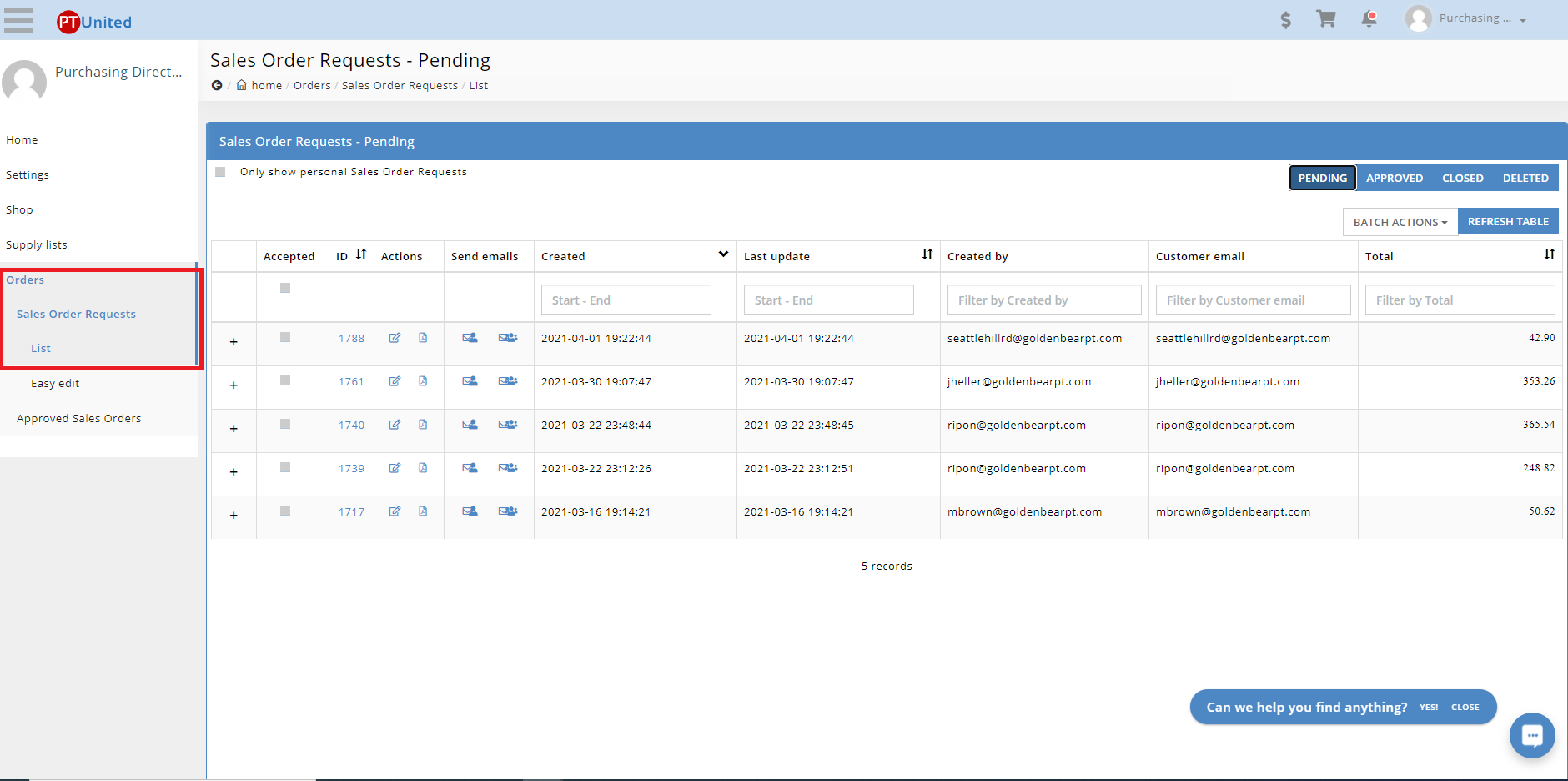¶ Sales Order Request
¶ What is a Sales Order?
A sales order is a commercial document -- prepared by a seller and issued to a customer -- confirming the sale of goods or services involved in a given transaction. The document contains details about the deal, including the quantity, quality, and price of any goods or services exchanged.
It should also cover things like delivery date, delivery address, payment method, and any other information relevant to the terms and logistics of the sale itself. A sales order is an internal document -- generated by the vendor and kept on record. It allows companies to keep track of the orders they fulfill.
¶ Sales Order Process
Generally speaking, the sales order process looks something like this:
1. A customer sends a request for a quote from a vendor.
2. After receiving the RFQ, the vendor sends back a quote.
3. The customer considers the quote reasonable and sends back a purchase order.
4. The vendor receives the purchase order and uses its details to generate a sales order.
5. The vendor sends the sales order to the customer to confirm the terms of the sale.
6. The vendor assembles, packages, or prepares the goods and services requested.
7. The vendor delivers those goods or services.
8. Using the sales order details, the vendor generates an invoice and sends it to the customer.
9. Ideally, the customer pays the amount specified on the invoice within the allotted time frame.
Here you can find all the Status of Sales Order Request.

Sales orders play a central role in making sure a sale is well-documented, properly conducted, and reflective of what both sides expect.
Anyone consistently involved in sales -- such as a vendor or a customer -- must understand these kinds of documents and the implications they may have on a company’s inventory, finances, and legal standing.